1. The Beatles
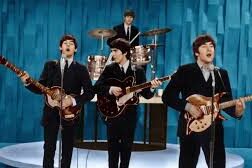
Some concerts are more than music, they are cultural earthquakes. Monterey Pop in 1967 sparked the Summer of Love, Woodstock in 1969 became the counterculture’s symbol, and Live Aid in 1985 turned stadiums into global stages. Yet even in these moments, some of the biggest names said no. The Beatles are first on the list. By 1967 they had stopped touring, exhausted from Beatlemania and focused on the studio masterpiece Sgt. Pepper’s Lonely Hearts Club Band. They declined Monterey. Fans missed a chance to hear their psychedelic sound live, a memory that still feels like a dream lost in time.
2. The Beach Boys
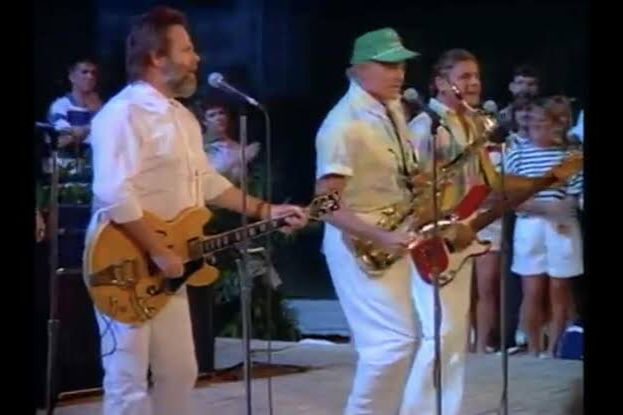
The Beach Boys were still riding high on their California surf harmonies, but by 1967 things were falling apart behind the scenes. Brian Wilson was struggling with his health and retreating from live performance. The band was even advertised for Monterey Pop before pulling out at the last minute. It was one of those almost moments that haunt music fans. Monterey would have been a perfect platform to showcase their complex Pet Sounds era artistry, but their absence left the stage to others. Fans are still left wondering how their layered harmonies might have lifted that magical festival even higher.
3. The Rolling Stones
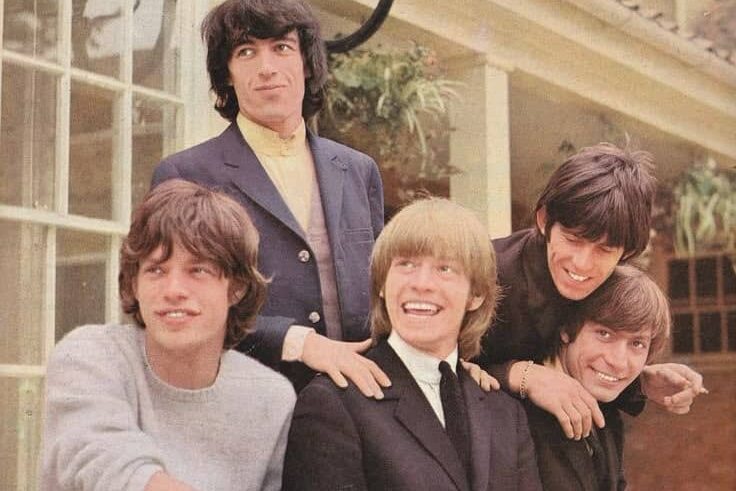
By the late sixties The Rolling Stones had become icons of raw rock energy, and their appearance at Monterey Pop could have set the crowd ablaze. Unfortunately, trouble followed them. Mick Jagger and Keith Richards were both tied up in drug-related legal battles that made travel impossible. Visas were out of reach, so their invitation faded away. Fans were denied a glimpse of the Stones at their dangerous peak. Instead of swaggering across the California stage, they remained in the shadows. Their absence at Monterey still lingers as one of those moments where rock history feels incomplete and unfinished.
4. Dionne Warwick

Dionne Warwick was already a star in 1967 with her elegant, soul infused sound shaped by Burt Bacharach and Hal David. Monterey Pop invited her to bring that sophisticated touch, but timing was everything. Warwick had international concerts lined up that clashed with the festival dates, and she chose to honor her commitments. Her polished pop soul could have balanced the psychedelic heavy lineup, but the chance slipped away. Instead, Monterey became defined by wild guitars and free flowing experimentation. Warwick’s absence was practical, yet imagining her voice gliding across that scene adds another layer to music’s lost possibilities.
5. Donovan
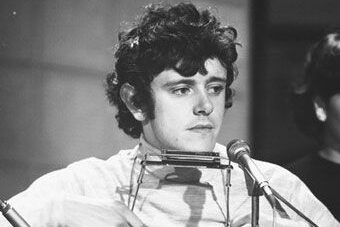
Donovan seemed perfect for Monterey. His whimsical folk pop had already charmed listeners with Sunshine Superman and Mellow Yellow, songs that captured the dreamy spirit of the sixties. But fate intervened in the most ordinary way. A past marijuana arrest in the UK stopped him from securing a U.S. work visa. Bureaucracy cut him off from a festival where he would have fit naturally alongside Hendrix, Janis Joplin, and The Who. Fans were left imagining his gentle tunes floating in the California air. Sometimes the simplest obstacles, like paperwork, decide who gets to stand in music’s brightest spotlight.
6. Elvis Presley
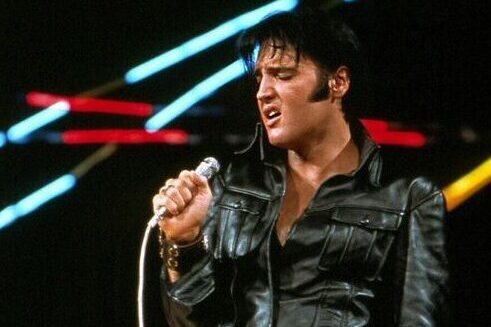
By 1967 Elvis Presley was deep in his Hollywood period, filming movies and recording soundtracks instead of chasing the counterculture wave. Monterey Pop simply wasn’t his world. Colonel Tom Parker, his controlling manager, wanted nothing to do with hippies or psychedelic experimentation. Elvis stayed away, tied to an image carefully built around mainstream success and safety. Fans often wonder what it might have been like to hear Suspicious Minds or his golden voice soar over that experimental crowd. It never happened. Elvis remained locked in his lane, showing how management could steer even the brightest stars away from change.
7. Bob Dylan

Bob Dylan seemed destined for Woodstock. He lived in Woodstock, New York, and the festival even took its name from the town. Yet he stayed home. After a motorcycle accident in 1966, Dylan had avoided the public eye. When his young son became ill in 1969, he had one more reason to decline. Just weeks later, however, he appeared at the Isle of Wight Festival instead. Fans still shake their heads at the irony. Woodstock carried his name but not his presence, making his absence one of those quirks that music history will always circle back to with wonder.
8. The Doors
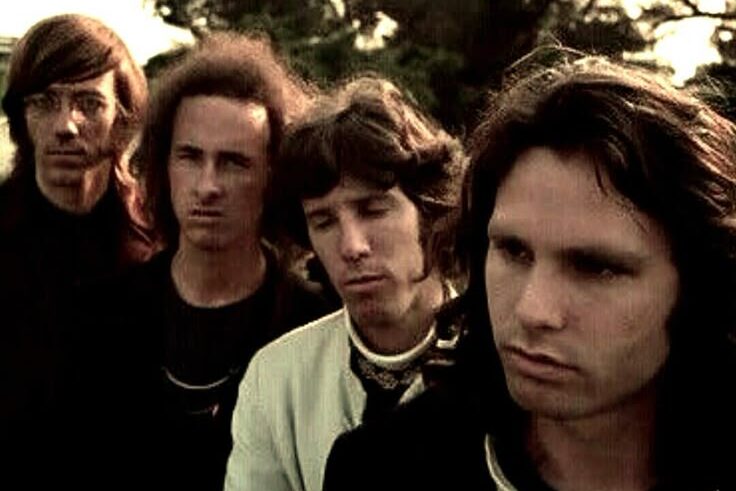
By 1969 The Doors were one of the biggest bands in the world. Their music was bold, dark, and unforgettable. Yet Woodstock wasn’t for them. Jim Morrison disliked outdoor festivals, complaining about poor sound, unpredictable crowds, and lack of intimacy. When Woodstock invited them, the band declined. Robby Krieger later said plainly, “Jim didn’t want to do it.” At their peak, they passed on what became the defining festival of a generation. Fans still imagine Morrison’s booming voice calling out across the fields, but his refusal meant Woodstock belonged to other voices shaping the soundtrack of those three days.
9. Led Zeppelin
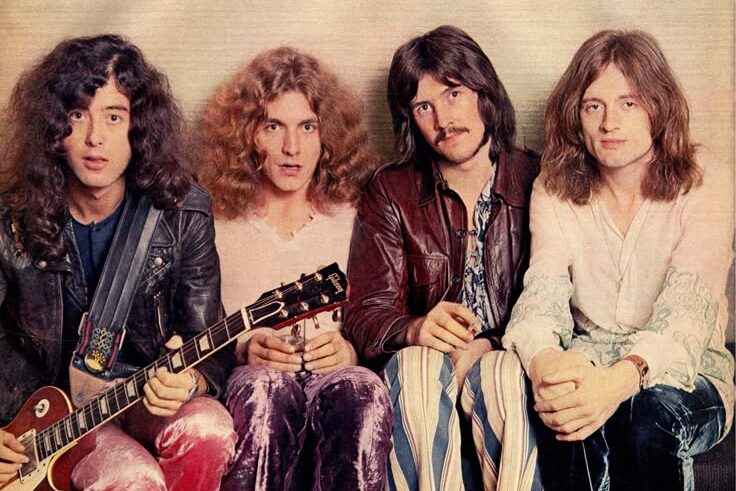
Led Zeppelin were already rising fast, fueled by Robert Plant’s soaring vocals and Jimmy Page’s fiery guitar. Woodstock might have cemented them as icons, but the band had different plans. They didn’t want to get lost among dozens of acts. Instead, they booked their own shows, ensuring they were the sole focus of the spotlight. Business wise, it was a smart move that grew their legend. Myth wise, their absence from Woodstock left a permanent gap. Imagine Whole Lotta Love shaking Yasgur’s farm. It never happened, leaving fans with only a dream of what might have been possible.
10. Joni Mitchell
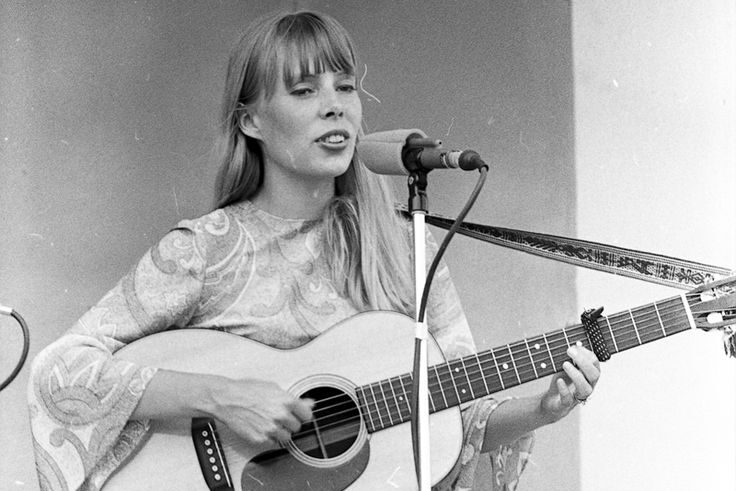
Joni Mitchell’s absence from Woodstock is famous because she became one of its defining voices anyway. Her manager advised her to skip the festival and appear on The Dick Cavett Show instead. Watching the festival unfold on television, she turned her emotions into the song Woodstock, an anthem that captured the spirit better than most who performed there. Mitchell later said, “I created Woodstock for people who weren’t there.” Ironically, she became forever tied to an event she never set foot in. Her story proves that sometimes the most lasting contributions come from those watching just beyond the stage.
11. Miles Davis
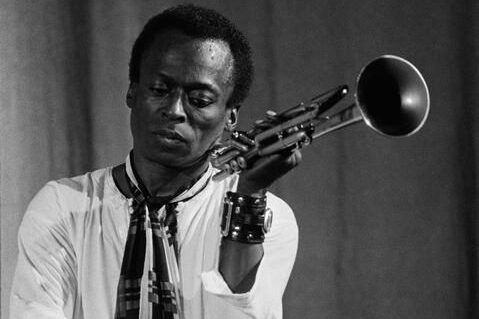
By 1969 Miles Davis was reinventing jazz, heading into electric fusion with the groundbreaking Bitches Brew. Woodstock invited him, but the idea of standing in the mud alongside rock acts didn’t appeal. “I wasn’t going to stand in the mud,” he once said bluntly. Davis had little interest in sharing space with what he saw as another world. Still, it’s tempting to imagine his trumpet slicing through the night, blending jazz and rock for the first time on that scale. His refusal kept those worlds apart, and Woodstock remained a rock centered celebration rather than a fusion of sounds.
12. Frank Sinatra
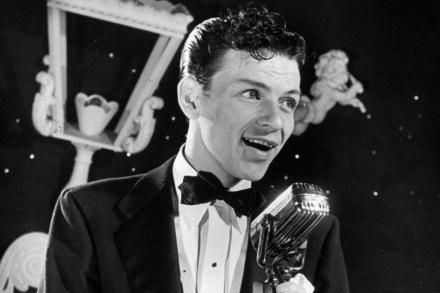
Frank Sinatra at Woodstock sounds almost laughable, and that’s why it never happened. Promoters floated the idea, but the Chairman of the Board wasn’t about to step into a field of hippies covered in mud. Sinatra’s world was Las Vegas glamour, tuxedos, and martinis, not chaos in upstate New York. He brushed it off without hesitation. Yet the thought of him crooning My Way under the Woodstock stars is surreal, a clash of two completely different worlds. His absence was expected, but imagining that scene reminds us just how sharply the lines of music culture were drawn in 1969.
13. Michael Jackson
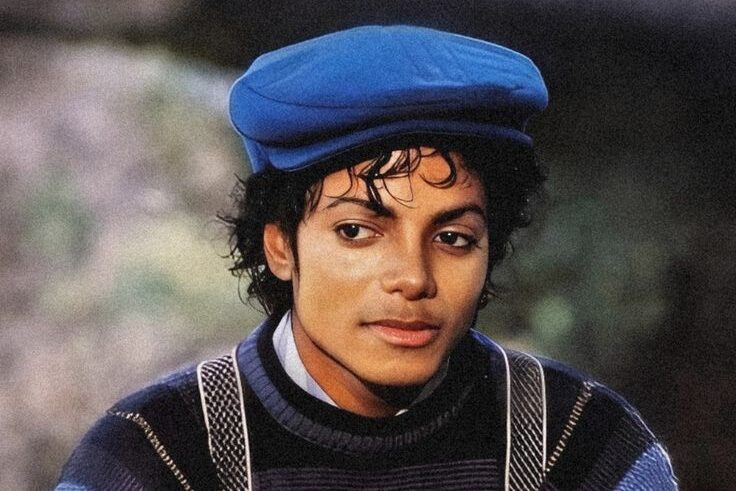
By 1985 Michael Jackson was the most famous entertainer on the planet thanks to Thriller. Live Aid wanted him badly, but Jackson refused to perform live. He didn’t like the unpredictability of live broadcasts and preferred the control of the studio. Instead, he focused on We Are the World, the charity single he co wrote with Lionel Richie. His absence at Live Aid was felt, but his influence remained undeniable. Fans still imagine what it would have been like to see him moonwalk across the Wembley stage, a dream performance that never came to life on that historic day.
14. Prince
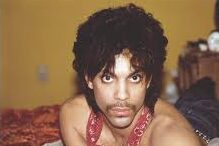
Prince had his own way of doing things, and Live Aid was no exception. When asked to perform live, he said no. Instead, he contributed a pre recorded video performance of 4 the Tears in Your Eyes. It was pure Prince, keeping control of how he appeared while still adding his mark. Bob Geldof later said Prince just didn’t want to share the stage. Fans imagine how stunning it would have been to hear Purple Rain in front of millions, but his choice preserved his mystique. Even in absence, Prince managed to leave a presence only he could create.
15. Bruce Springsteen
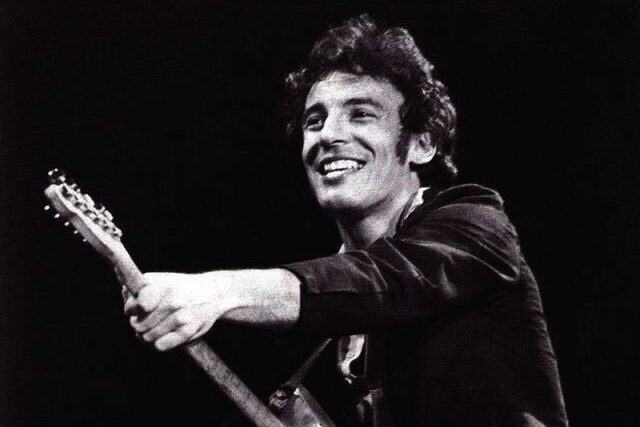
Bruce Springsteen was America’s rock heartbeat in 1985, riding high on the Born in the U.S.A. tour. Live Aid invited him, but he turned it down to keep the tour momentum intact. “I just couldn’t make it work,” he admitted later, even calling it a regret. His anthems would have fit perfectly into Live Aid’s spirit of unity, with songs like Born to Run echoing across a global stage. Instead, he stayed on the road. Fans still talk about how powerful his presence would have been, proof that even The Boss sometimes missed the chance to join history’s spotlight.
16. Talking Heads
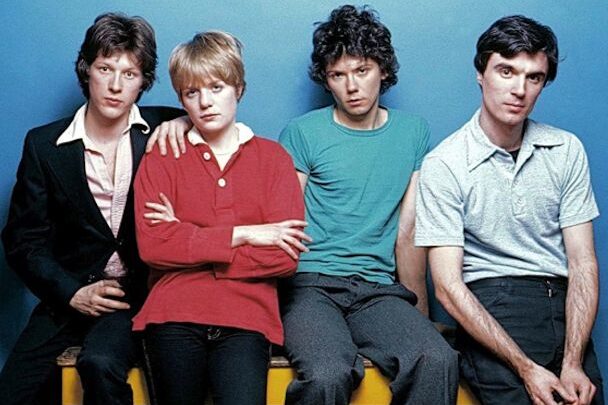
Talking Heads could have brought something totally different to Live Aid in 1985. Their quirky, art rock sound and David Byrne’s stage presence would have stood out on that lineup. But Byrne had steered the group into a break, and members were focusing on solo projects. The thought of rushing back together for Live Aid didn’t appeal. “It wasn’t our thing,” Byrne later reflected. Their absence left the festival heavier on mainstream rock. Still, fans imagine Once in a Lifetime or Burning Down the House exploding across the screen. It never happened, but the possibility lingers even now.
17. Pink Floyd
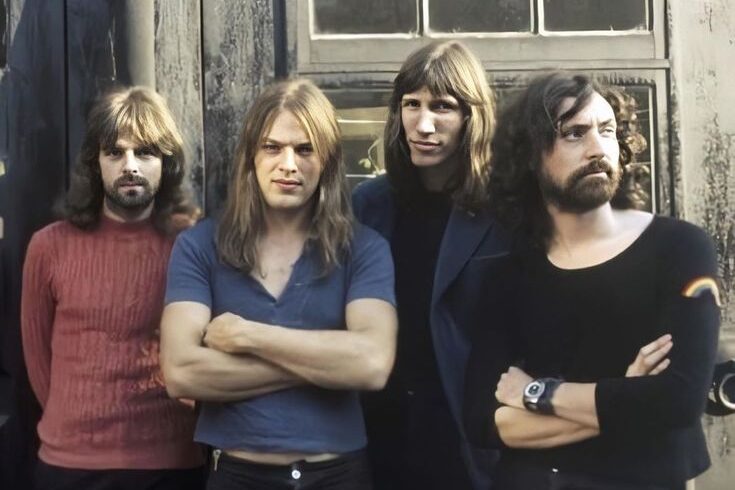
By 1985 Pink Floyd were fractured beyond repair. Roger Waters had left, and lawsuits over the band’s name were dragging on. Live Aid organizers couldn’t bring them together, and the thought of hearing Comfortably Numb at Wembley never came true. Fans had to wait until 2005’s Live 8 to see them reunite, proving just how deep the wounds ran. Waters himself later admitted there was no chance in those years. Their absence was a stark reminder of how even world changing events can’t mend every rift. Sometimes legends need decades before the stage feels possible to share again.
18. Fleetwood Mac
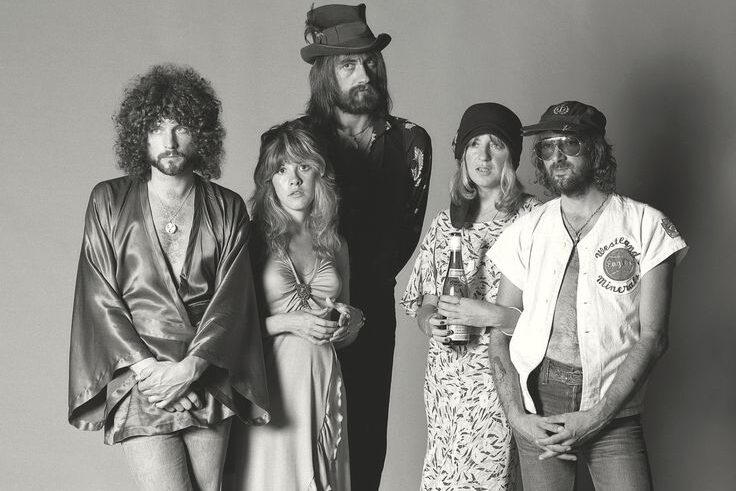
Fleetwood Mac were legends by 1985, but the band was in no shape for Live Aid. Christine McVie was facing health concerns, and personal tensions from their stormy history still weighed heavily. The timing just wasn’t right. “We weren’t in the space to do it,” Stevie Nicks reflected later. Their absence meant the soaring harmonies of Go Your Own Way and Don’t Stop never reached the global audience Live Aid commanded. Fans eventually got reunions, but not at that historic moment. It serves as a reminder that timing is everything, and sometimes the stage waits for another day entirely.
The Great What-If
The Beatles at Monterey. Joni Mitchell actually at Woodstock. Michael Jackson moonwalking across the Wembley stage. These moments never happened and maybe that’s why they still loom so large. Sometimes a festival’s legend grows not just from who played, but from who didn’t.
This story 18 Music Stars Who Said No to 3 of Music’s Biggest Concerts Ever was first published on Daily FETCH


